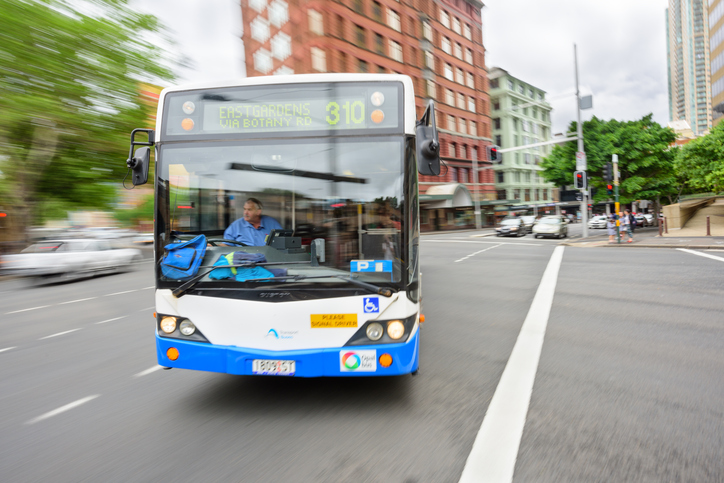A White Paper by the NSW Bus Industry Taskforce has put forward a priority list for the establishment of turn-up and go bus routes in Greater Sydney as part of a vision to transform public transport across key growth areas in the state.

The Directions for On-Street Transit paper was released at the Western Sydney Bus Symposium this week.
The paper provides a range of strategies to increase public transport in Sydney, Newcastle, the Lower Hunter, Central Coast and Illawarra-Shoalhaven region.
The paper says while 39 rapid bus routes are currently in development, priority should be given to six areas.
They include the Western Sydney Rapid Bus Project, Sydney to Parramatta, Liverpool to Burwood via Bankstown, Campbelltown to Liverpool, St Marys to Rouse Hill and upgrades to connect rapid bus services to existing T-Ways.
Rapid Buses are similar to light rail, with turn-up-and-go services, and their own designated stops.
The proposed rapid network is designed to complement and integrate with planned and already established rail and metro lines.
“Upgrading the existing T-Ways connecting Liverpool and North-West Sydney to Parramatta and connecting these to new links are quick wins that can demonstrate the benefits of a connected rapid bus network,” the paper says.
Inaction will cost operators, government
Transport Minister Jo Haylen says more than 138 million trips are currently being taken on the bus and light rail transit network each year.
“We can’t grow our communities properly if our bus network isn’t meeting demand,” she said.
“This White Paper highlights five key moves that will be considered for the successful future of our bus fleet.”
They include leveraging technology to improve communication with passengers and making bus services more reliable, and increasing priority bus lanes on roads.
The report warns that without more bus priority lanes and rapid services the performance of the network will deteriorate and the attractiveness of buses will decrease, feeding back into more congestion.
Inaction will cost passengers, operators and the government $140 million a year by 2036 in lost time, poor on-time running and the need to increase fleet and service hours, the paper estimates.
It says that cost will increase to $230 million by 2056.
“This suggests it would be cost-effective to invest to address the problem,” the paper says.
“On-street transit is an affordable and cost-effective mode. If we invest in on-street transit, areas of growth and need can be prioritised and the system can continue to grow and improve .”
Feedback on the White Paper will inform the taskforce’s interim report which is due to be handed to the government by October 31.
Consultation closes on November 25.





Leave a Reply